|
*WInnComm is not associated with Winncom Technologies.
2022 Speakers
Listed chronologically. Please Note: All times are PST/EST
|
Day One: Tuesday, 13 December 2022
|
|
Software Defined Systems Topics
13 December, 6/9 am
Ken Dingman, L3Harris
Eric Nicollet, Thales
Keynote: Receiver Standards
13 December, 8/11 am
Ira Keltz (FCC OET)

Mr. Keltz has totaled over 25 years at the FCC spanning two separate stints. In addition to positions in OET, he has held various positions in the Commission’s Wireless Telecommunications Bureau. Mr. Keltz has also worked for the law firm DLA Piper as well as Loral Advanced Projects and LSA, Inc. He earned a Master’s Degree in Electrical Engineering from the George Washington University and a Bachelor’s Degree in Electrical Engineering from the University of Michigan.
|
FCC Technological Advisory Council (TAC) and Commerce Spectrum Management Advisory Committee (CSMAC)
13 December, 8:25/11:25 am
Mark Gibson (CommScope)
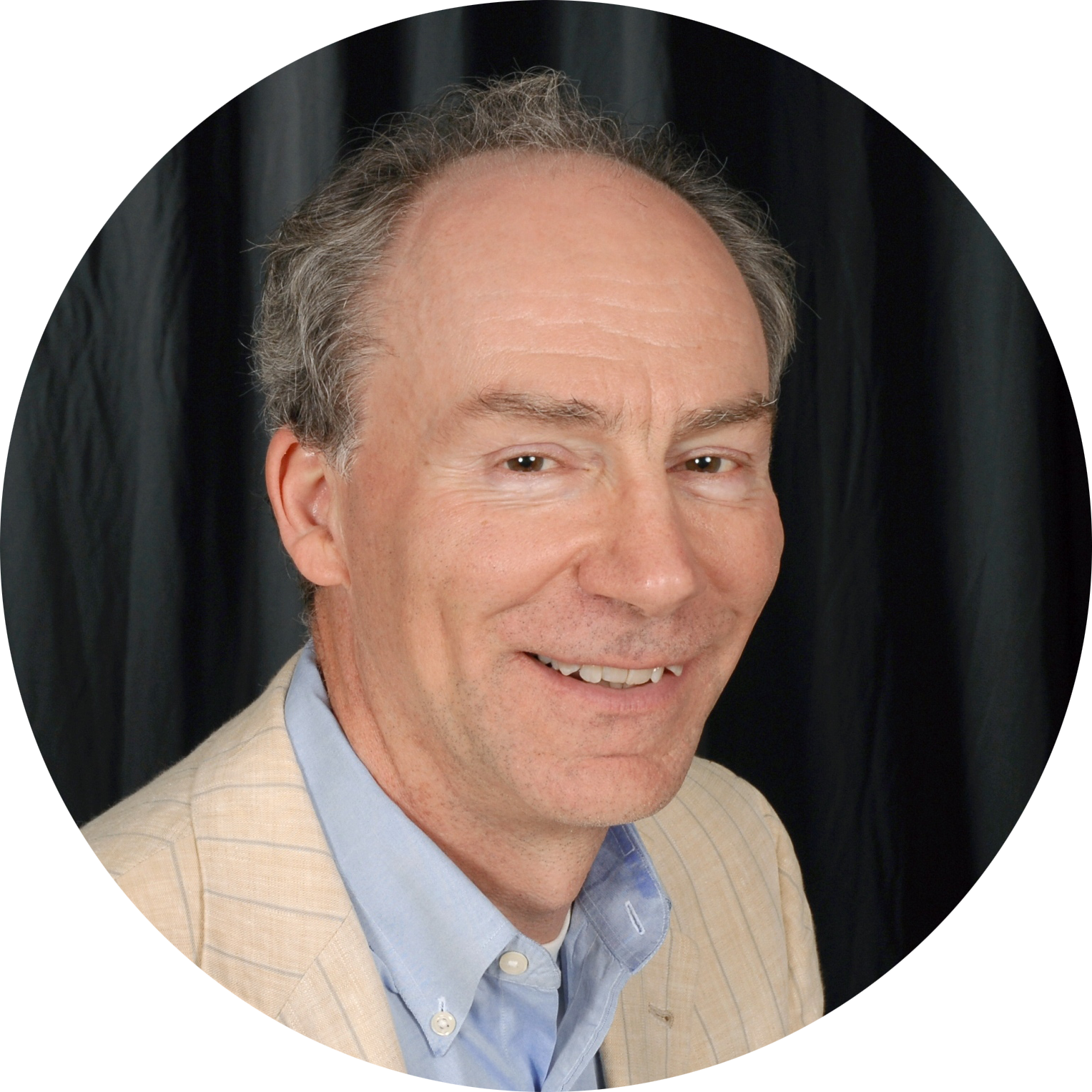
With almost 35 years of spectrum management experience, Mark Gibson is responsible for developing domestic and international business opportunities for Comsearch. In addition to leading Comsearch’s technical and business development efforts numerous wireless and spectrum-related products and services, he has led efforts to address spectrum sharing between Federal government and commercial users. He leads CommScope’s CBRS efforts on the Spectrum Access System/Environmental Sensing Capability. He is on the board of the Wireless Innovation Forum and is a co-chair of the Commerce Spectrum Management Advisory Committee, where he has also co-chaired working groups related to spectrum sharing and data exchange issues. He has led Comsearch’s spectrum management efforts including the development of spectrum sharing analysis protocols and sharing criteria, as well as development of Comsearch’s engineering services and software products. He has led Comsearch’s efforts in working with the American Hospital Association as their technical partner for WMTS frequency coordination. He has authored several papers on spectrum sharing and relocation and has advised numerous wireless participants in their system design. He is a Senior Member of IEEE.
Andrew Clegg (Google)

Andrew Clegg is Spectrum Engineering Lead for Google (NASDAQ: GOOGL). He is currently focused on shared spectrum opportunities in mid-band spectrum, among other things. He was previously program director for spectrum management at the U.S. National Science Foundation, where he was the creator of a $60 million research program to support enhanced access to the radio spectrum. Prior to NSF, he was lead member of technical staff for Cingular Wireless (now AT&T Mobility), a senior engineer at Comsearch, and a research scientist at the Naval Research Laboratory. He holds a PhD in radio astronomy from the University of Virginia.
Dave Wright (OnGo Alliance, Aruba)
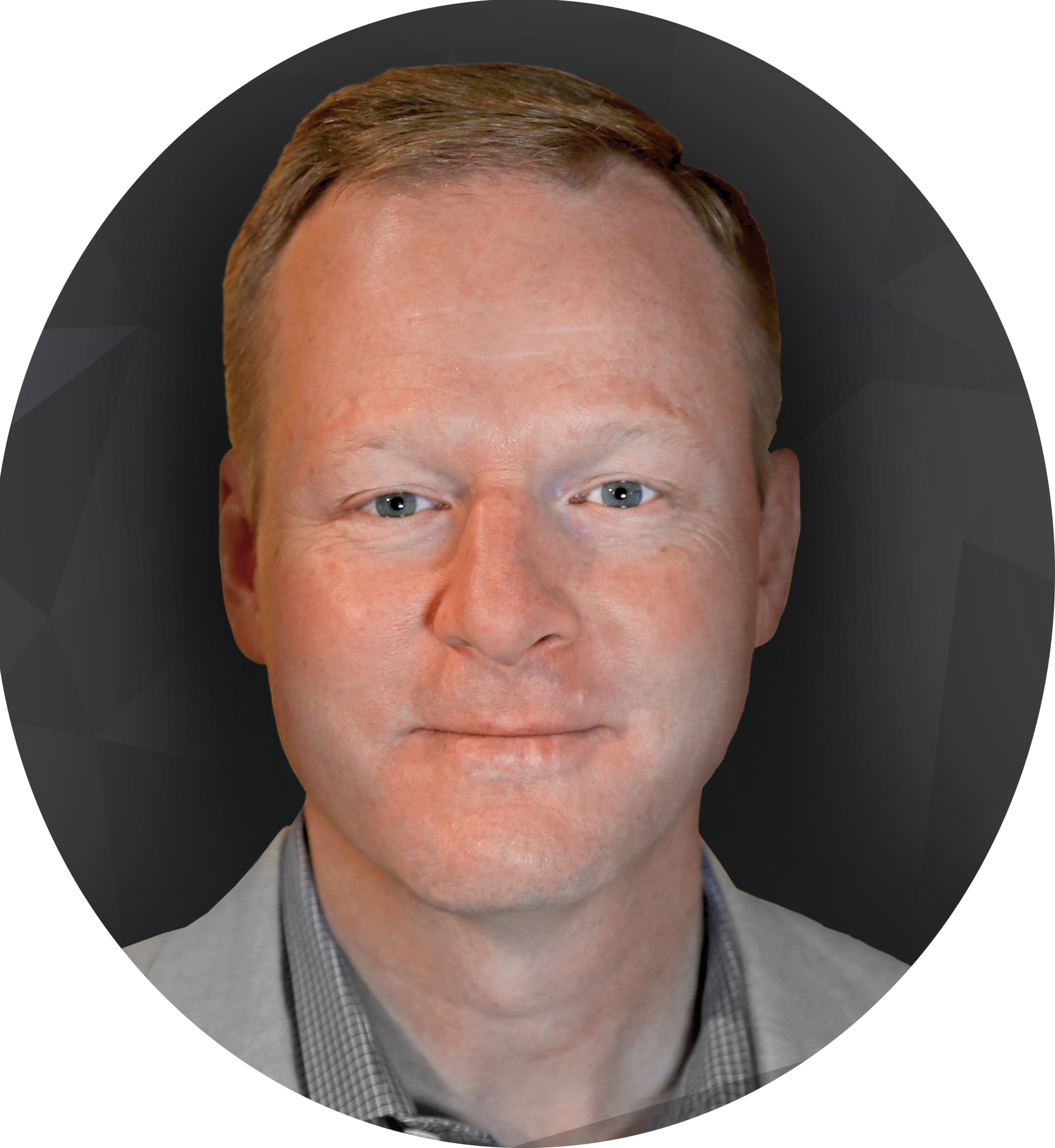
Dave played an instrumental role in the formation of the OnGo Alliance (originally known as the CBRS Alliance), collaborating with other founding members to create a robust multi-stakeholder organization focused on the optimization of LTE and 5G services in the CBRS band. He served as the Alliance’s first Secretary from its launch in August 2016 and was elected as the President of the Alliance in February 2018.
Dave is a spectrum champion, advocating for unlicensed, licensed, and dynamic sharing frameworks - recognizing the vital role that all spectrum management regimes play in our increasingly wireless world.
Dave began his odyssey in networking/telecom/mobile/wireless in the early ‘90s while serving in the US Marine Corps. He then transitioned to the commercial sector as a systems engineer. In the intervening years he has spent much of his time in Technical Marketing, Standards Development, and Policy Advocacy. Dave is a Cisco Certified Internetworking Expert (CCIE) Emeritus (#2062), a Certified Wireless Network Administrator (CWNA), and a CBRS Certified Professional Installer (CPI).
Amit Mukhopadhyay (Nokia)
 Dr. Amit Mukhopadhyay is a Senior Standardization Leader in Nokia. He is responsible for 5G-Adv and 6G spectrum activities with various regulatory bodies, standards organizations, and industry fora. He is a member of the Technological Advisory Council (TAC) of the Federal Communications Commission (FCC). He also serves as the co-chair of WG3 in Spectrum Sharing Committee of the WInnForum. Dr. Amit Mukhopadhyay is a Senior Standardization Leader in Nokia. He is responsible for 5G-Adv and 6G spectrum activities with various regulatory bodies, standards organizations, and industry fora. He is a member of the Technological Advisory Council (TAC) of the Federal Communications Commission (FCC). He also serves as the co-chair of WG3 in Spectrum Sharing Committee of the WInnForum.
His expertise includes traffic forecasting, spectrum analysis, network planning and system performance. His research interests are in evolving network architecture and cost-optimal implementation of public and private next generation networks.
He has 30+ years of experience in designing and optimizing various wireless, wireline and HFC cable networks. He has made wide-ranging contributions in all the past generations of wireless technologies starting with 2G, including Small Cells, Self-Organizing Networks, IP Multi-media Subsystem and Internet of Things.
He holds a Bachelor of Technology from Indian Institute of Technology and a Ph. D. from the University of Texas. He is a Senior Member of the IEEE and received the IEEE Region 1 award. He has 20+ publications in refereed journals and holds five patents. He has also served on the college Accreditation Board for Engineering and Technology (ABET).
SpectrumX: The Nation's First Spectrum Innovation Center
13 December, 8:50/11:50am
Nick Laneman (University of Notre Dame)
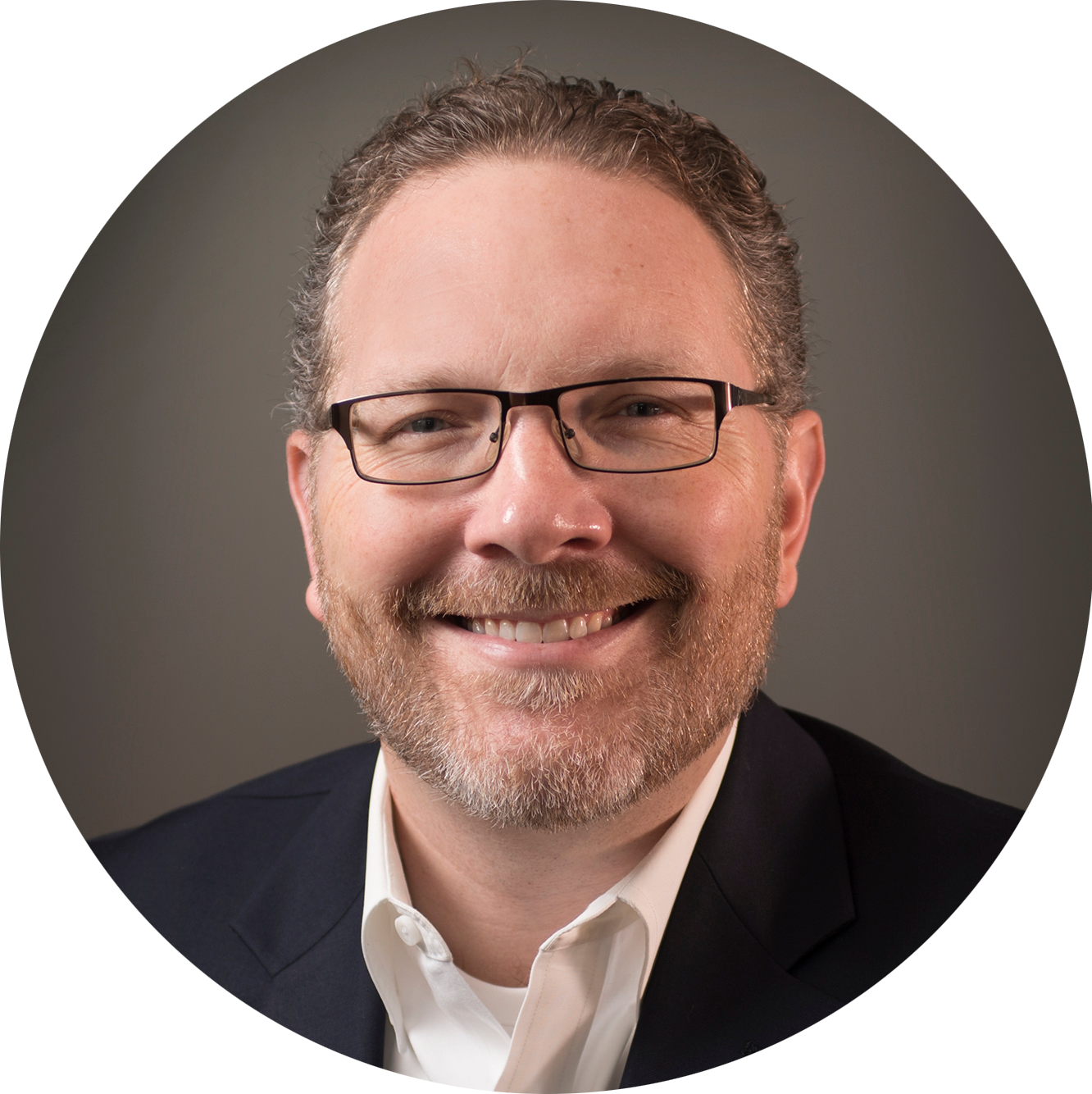 Dr. Laneman is Founding Director and currently Co-Director of the Wireless Institute in the College of Engineering; Professor of Electrical Engineering, Faculty Affiliate of iNDustry Labs; and Fellow of the Pulte Institute for Global Development as well as the Reilly Center for Science, Technology, and Values all at the University of Notre Dame. He joined the faculty in August 2002 shortly after earning a Ph.D. in Electrical Engineering and Computer Science from the Massachusetts Institute of Technology (MIT). His research and teaching interests are in communications system engineering—blending information theory, signal processing for communications, as well as prototyping and experimental validation—with emphasis on wireless systems. Dr. Laneman is Founding Director and currently Co-Director of the Wireless Institute in the College of Engineering; Professor of Electrical Engineering, Faculty Affiliate of iNDustry Labs; and Fellow of the Pulte Institute for Global Development as well as the Reilly Center for Science, Technology, and Values all at the University of Notre Dame. He joined the faculty in August 2002 shortly after earning a Ph.D. in Electrical Engineering and Computer Science from the Massachusetts Institute of Technology (MIT). His research and teaching interests are in communications system engineering—blending information theory, signal processing for communications, as well as prototyping and experimental validation—with emphasis on wireless systems.
Laneman is a 2014 IEEE Fellow and received the 2018 IEEE Kiyo Tomiyasu Award. In addition to three conference best paper awards, Laneman has received a 2006 Presidential Early-Career Award for Scientists and Engineers (PECASE) and a 2006 National Science Foundation (NSF) CAREER Award. He has served as General Co-Chair of the 2017 IEEE International Symposium on Dynamic Spectrum Access Networks (DySPAN), an Associate Editor for IEEE Transactions on Communications, and a Guest Editor for Special Issues of IEEE Transactions on Information Theory and IEEE Journal on Selected Areas in Communications. He was also the first Online Editor for the IEEE Information Theory Society and served on its Board of Governors.
Laneman is author or co-author on over 145 publications, including 46 journal articles and invited book chapters, and has been recognized by Thomson Reuters as an ISI Highly Cited Researcher (2010, 2015). He is co-inventor on eight U.S. patents and has several patents pending. He currently advises two Ph.D. students; twelve Ph.D. degrees, thirteen M.S. degrees, and one B.S. honors degree have been earned under his supervision. All of these research efforts have been supported in part by over $14M in funding, with Laneman serving as principal investigator on just over $5M.
Monisha Ghosh (SpectrumX)
 Monisha Ghosh completed a term as the Chief Technology Officer at the Federal Communications Commission (FCC) on June 14, 2021. In this role she reported to the Chairman of the FCC and was closely involved with setting national strategy and technology specifications related to the explosive growth of broadband wireless communications technologies. Monisha Ghosh completed a term as the Chief Technology Officer at the Federal Communications Commission (FCC) on June 14, 2021. In this role she reported to the Chairman of the FCC and was closely involved with setting national strategy and technology specifications related to the explosive growth of broadband wireless communications technologies.
Prof. Ghosh previously served in the NSF as a rotating Program Director (IPA) within the Directorate of Computer & Information Science and Engineering (CISE) where she managed wireless networking research. At the NSF, she initiated one of the first large-scale programs that targets applications of machine learning to wireless networks.
From 2015 to 2021, she also was a Research Professor at the University of Chicago, where she conducted research on wireless technologies for the 5G cellular, next-generation Wi-Fi systems, IoT, coexistence and spectrum sharing. She previously worked in industrial research and development at Interdigital, Philips Research, and Bell Laboratories on wireless systems such as the HDTV broadcast standard, cable standardization, and cognitive radio for the TV White Spaces.
She is a Fellow of the IEEE.
Successes and Challenges of CBRS
13 December, 10 am/1 pm
Samian Kaur (Comcast)
Andrew Clegg (Google)

Andrew Clegg is Spectrum Engineering Lead for Google (NASDAQ: GOOGL). He is currently focused on shared spectrum opportunities in mid-band spectrum, among other things. He was previously program director for spectrum management at the U.S. National Science Foundation, where he was the creator of a $60 million research program to support enhanced access to the radio spectrum. Prior to NSF, he was lead member of technical staff for Cingular Wireless (now AT&T Mobility), a senior engineer at Comsearch, and a research scientist at the Naval Research Laboratory. He holds a PhD in radio astronomy from the University of Virginia.
Patrick Welsh (Verizon)
Col. Andrew Martin (DoD)
 Colonel Andrew P. Martin is currently serving as a Senior Analyst, Spectrum Policy & Programs Directorate, Office of the Chief Information Officer, Office of the Secretary of Defense, Pentagon, Washington D.C. In this role, he provides leadership and strategic oversight in the implementation of Department of Defense polices for the management and use of the electromagnetic spectrum. Colonel Andrew P. Martin is currently serving as a Senior Analyst, Spectrum Policy & Programs Directorate, Office of the Chief Information Officer, Office of the Secretary of Defense, Pentagon, Washington D.C. In this role, he provides leadership and strategic oversight in the implementation of Department of Defense polices for the management and use of the electromagnetic spectrum.
Colonel Martin was commissioned in 1997 through Air Force R.O.T.C. at the University of Nebraska – Lincoln after graduating from Nebraska Wesleyan University, in Lincoln, Nebraska. He earned a Masters degree in Management Information Systems from the University of Nebraska – Omaha. He is a Senior Cyber Operations Officer who commanded at the squadron level, deployed to Bosnia-Herzegovina and Qatar, and his staff assignments include Air Combat Command, Headquarters Air Force, and United States Transportation Command.
Paul Powell (FCC)
Moderated by John Glossner (Optimum Semiconductor Technologies)
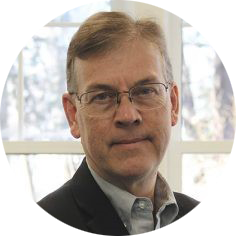 John Glossner is CEO of Optimum Semiconductor Technologies Inc. (OST) d/b/a General Processor Technologies (GPT). OST designs heterogeneous systems based on its Unity architecture supporting CPU, GPU, DSP, and AI processors. Previously he co-founded Sandbridge Technologies and served as EVP & CTO. Prior to Sandbridge, he managed both technical and business activities in DSP and Broadband Communications at IBM Research and Lucent/Motorola’s Starcore. He also serves as Chair of both the Wireless Innovation Forum and the Heterogeneous System Architecture Foundation. He is an Associate Professor and Program Coordinator at Rivier University. He received a Ph.D. in Electrical Engineering from TU Delft in the Netherlands, M.S. degrees in E.E. and Eng.Mgt. from NTU, and holds a B.S.E.E. degree from Penn State. John has more than 120 publications and 45 issued patents. John Glossner is CEO of Optimum Semiconductor Technologies Inc. (OST) d/b/a General Processor Technologies (GPT). OST designs heterogeneous systems based on its Unity architecture supporting CPU, GPU, DSP, and AI processors. Previously he co-founded Sandbridge Technologies and served as EVP & CTO. Prior to Sandbridge, he managed both technical and business activities in DSP and Broadband Communications at IBM Research and Lucent/Motorola’s Starcore. He also serves as Chair of both the Wireless Innovation Forum and the Heterogeneous System Architecture Foundation. He is an Associate Professor and Program Coordinator at Rivier University. He received a Ph.D. in Electrical Engineering from TU Delft in the Netherlands, M.S. degrees in E.E. and Eng.Mgt. from NTU, and holds a B.S.E.E. degree from Penn State. John has more than 120 publications and 45 issued patents.
Propagation Models Used in Spectrum Sharing Policy
13 December, 11 am / 2 pm
Billy Kozma (organizer) (NTIA ITS)
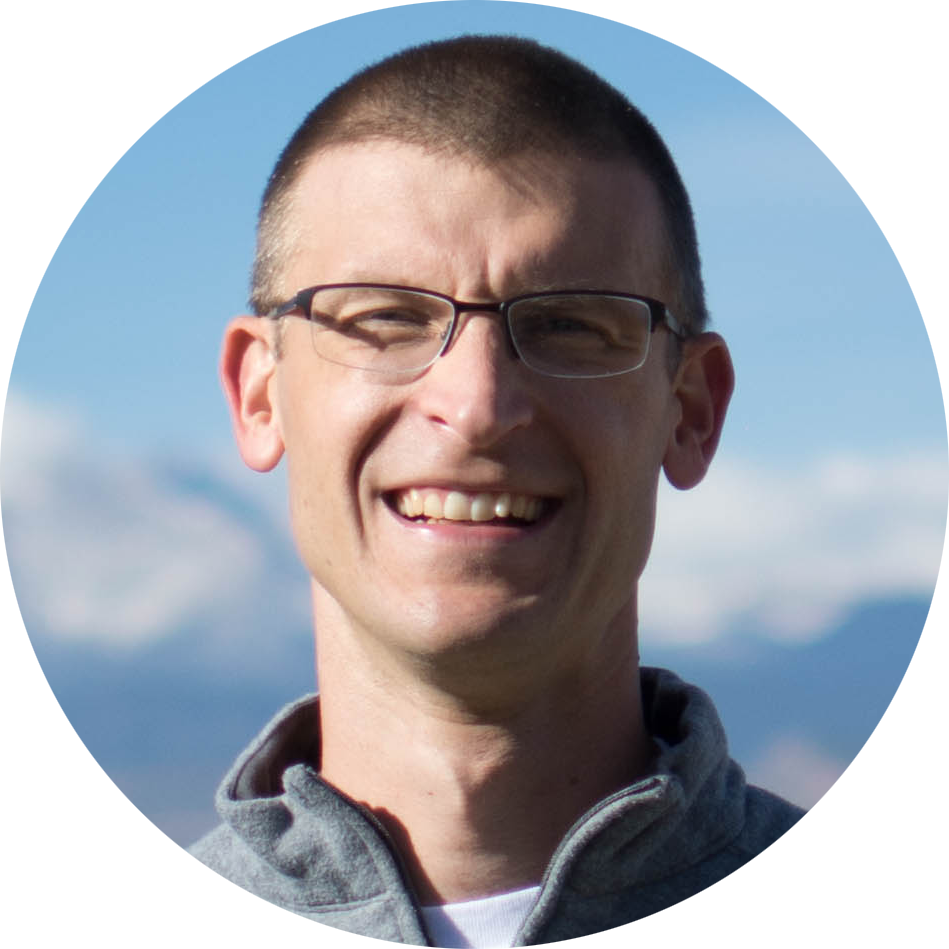 Mr. Kozma is a Computer Engineer in the Telecommunications Theory Division, having joined NTIA/ITS in 2013. Billy works primarily within the area of radiowave propagation, including bringing modern data analysis and software capabilities to improving modeling techniques. Billy leads a new DoD-sponsored Mid-Band Propagation Modeling project, focused on improving modeling within the 3.5 GHz band to support spectrum sharing and coexistence, as well as working on propagation modeling efforts to support the Office of Spectrum Management (OSM). Mr. Kozma also is heavily involved in ITU-R Study Group 3 (Radiowave Propagation), serving as both the Head of the US Delegation to ITU-R Study Group 3 as well as the Chair of the group focused on aeronautical propagation (Recommendation ITU-R P.528). Billy received his B.S. degree in Electrical Engineering in 2007 from the University of Pittsburgh at Johnstown, and his M.S. degree in Electrical and Computer Engineering in 2009 from the University of Arizona. Mr. Kozma is a Computer Engineer in the Telecommunications Theory Division, having joined NTIA/ITS in 2013. Billy works primarily within the area of radiowave propagation, including bringing modern data analysis and software capabilities to improving modeling techniques. Billy leads a new DoD-sponsored Mid-Band Propagation Modeling project, focused on improving modeling within the 3.5 GHz band to support spectrum sharing and coexistence, as well as working on propagation modeling efforts to support the Office of Spectrum Management (OSM). Mr. Kozma also is heavily involved in ITU-R Study Group 3 (Radiowave Propagation), serving as both the Head of the US Delegation to ITU-R Study Group 3 as well as the Chair of the group focused on aeronautical propagation (Recommendation ITU-R P.528). Billy received his B.S. degree in Electrical Engineering in 2007 from the University of Pittsburgh at Johnstown, and his M.S. degree in Electrical and Computer Engineering in 2009 from the University of Arizona.
Rebecca Dorch (NTIA ITS)
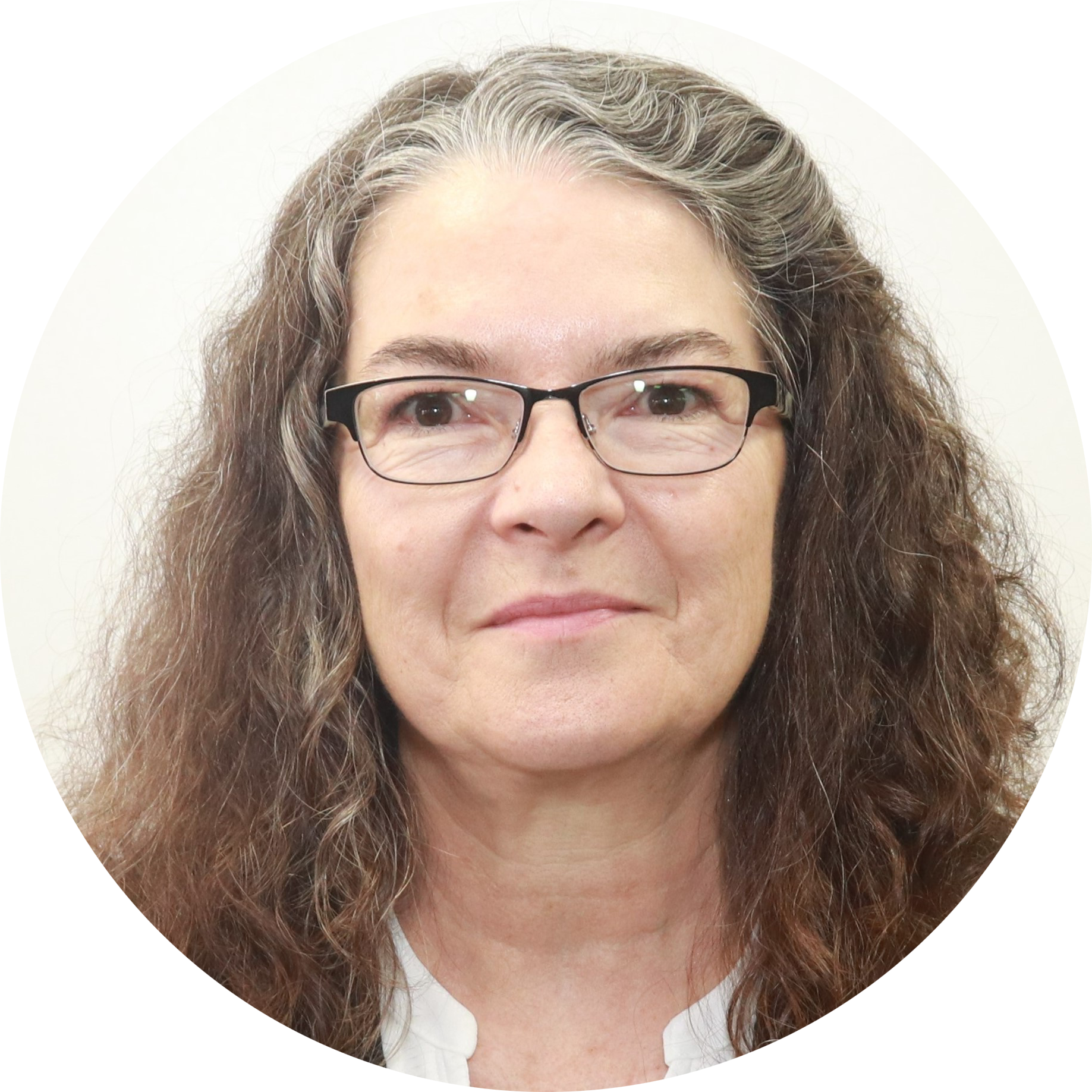 Rebecca Dorch is the Acting Director of the Institute for Telecommunication Sciences (ITS), NTIA’s research and engineering lab in Boulder, Colorado. Prior to assuming the Acting Director role in August of 2022, Ms. Dorch served as Senior Spectrum Policy Analyst at ITS since 2016, facilitating and coordinating various spectrum sharing research projects, both within ITS and with other agencies such as the National Science Foundation, Department of Defense, and Federal Communications Commission. She managed the ITS conformance testing program for the Spectrum Access System and Environmental Sensing Capability components of the 3.5 GHz Citizens Broadband Radio Service. She has served as General Chair, Vice Chair, or Technical Planning Committee member of the International Symposium on Advanced Radio Technologies (ISART) from 2016 to 2022. Rebecca Dorch is the Acting Director of the Institute for Telecommunication Sciences (ITS), NTIA’s research and engineering lab in Boulder, Colorado. Prior to assuming the Acting Director role in August of 2022, Ms. Dorch served as Senior Spectrum Policy Analyst at ITS since 2016, facilitating and coordinating various spectrum sharing research projects, both within ITS and with other agencies such as the National Science Foundation, Department of Defense, and Federal Communications Commission. She managed the ITS conformance testing program for the Spectrum Access System and Environmental Sensing Capability components of the 3.5 GHz Citizens Broadband Radio Service. She has served as General Chair, Vice Chair, or Technical Planning Committee member of the International Symposium on Advanced Radio Technologies (ISART) from 2016 to 2022.
Prior to joining NTIA in March of 2016, Ms. Dorch served for thirteen years as the Western Region Director of the Federal Communications Commission’s Enforcement Bureau, overseeing resolution of harmful interference affecting communications infrastructure. Ms. Dorch was previously involved in policy and rulemaking matters as Deputy Chief of the FCC Office of Engineering and Technology, and in legal and competition matters as Deputy Chief of the Competition Division of the FCC’s Office of General Counsel. Ms. Dorch began her career in private law practice with the firms of Bryan Cave, and Wilner and Scheiner. She earned her JD at the Washington University School of Law in St. Louis, Missouri, and her BA at the University of Illinois.
Paul McKenna (NTIA ITS)
Mike Cotton (NTIA ITS)
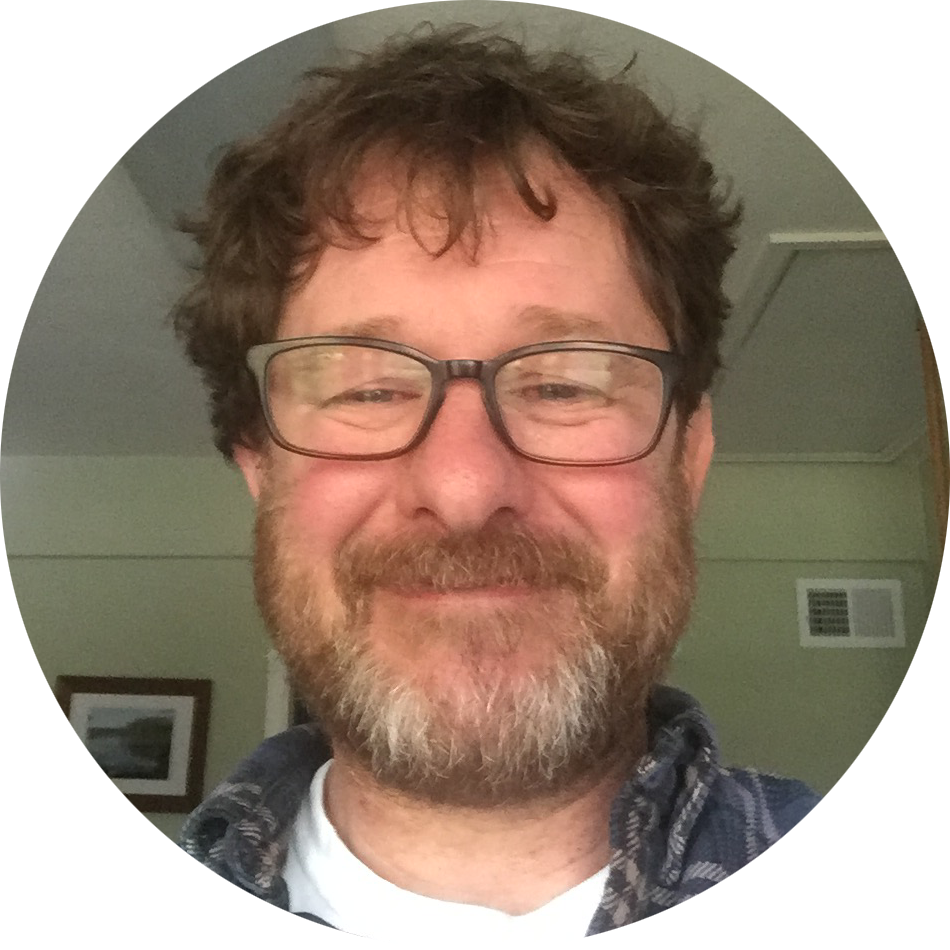 Michael Cotton is Division Chief of the Telecommunications Theory Division at the Institute for Telecommunication Sciences (ITS) in Boulder, Colorado. He is a principal investigator and program man for a number of important ITS programs that provide spectrum engineering expertise to agencies, e.g., OSM Spectrum Management R&D, NSF Spectrum Innovation Initiative, DOD CIO Mid-band Propagation Study. Michael received a B.S. degree in Aerospace Engineering in 1992 and an M.S. degree in Electrical Engineering with an emphasis on electromagnetics in 1999, both from the University of Colorado at Boulder. Michael Cotton is Division Chief of the Telecommunications Theory Division at the Institute for Telecommunication Sciences (ITS) in Boulder, Colorado. He is a principal investigator and program man for a number of important ITS programs that provide spectrum engineering expertise to agencies, e.g., OSM Spectrum Management R&D, NSF Spectrum Innovation Initiative, DOD CIO Mid-band Propagation Study. Michael received a B.S. degree in Aerospace Engineering in 1992 and an M.S. degree in Electrical Engineering with an emphasis on electromagnetics in 1999, both from the University of Colorado at Boulder.
Adam Hicks (NTIA ITS)
 Originally from Montana, Adam Hicks completed his M.S. in Electrical Engineering at Colorado State University in 2019 while working at the Institute for Telecommunication Sciences. At ITS, he has had the opportunity to participate in a number of research projects ranging from propagation model development to designing measurement systems and field work. Adam currently leads the “Troposcatter” modelling and measurement effort, as well as being actively involved in a high frequency noise and system modernization project in support of NSF Polar. He is an active member of the ITU-Radiocommunications sector, Study Group 3 and enjoys the international collaboration involved. In his free time, Adam likes to get outside for hikes in the Colorado Rockies, cook and bake new recipes, and travel to new locations with his wife Erica. Originally from Montana, Adam Hicks completed his M.S. in Electrical Engineering at Colorado State University in 2019 while working at the Institute for Telecommunication Sciences. At ITS, he has had the opportunity to participate in a number of research projects ranging from propagation model development to designing measurement systems and field work. Adam currently leads the “Troposcatter” modelling and measurement effort, as well as being actively involved in a high frequency noise and system modernization project in support of NSF Polar. He is an active member of the ITU-Radiocommunications sector, Study Group 3 and enjoys the international collaboration involved. In his free time, Adam likes to get outside for hikes in the Colorado Rockies, cook and bake new recipes, and travel to new locations with his wife Erica.
|
|
Day Two: Wednesday, 14 December 2022
|
|
Software Defined Systems Topics
13 December, 6/9 am
SOSA Background
Garrett Sargent (PSOAS Solutions)
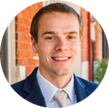 Garrett Sargent is the founder of Psoas LLC, where his primary focus is on Modular Open Systems Approaches (MOSA) as it relates to designing sensors. Dr. Sargent holds a Ph.D. in Engineering, a master’s degree in Electrical Engineering, and two bachelor’s degrees in Electrical and Computer Engineering, all from the University of Dayton. His research interests are in image processing, deep learning, and open architecture design. His dissertation topic was on demosaicing techniques using generative adversarial networks for polarimetric imaging applications. Additionally, Dr. Sargent teaches as adjunct faculty in the University of Dayton Electrical and Computer Engineering department Garrett Sargent is the founder of Psoas LLC, where his primary focus is on Modular Open Systems Approaches (MOSA) as it relates to designing sensors. Dr. Sargent holds a Ph.D. in Engineering, a master’s degree in Electrical Engineering, and two bachelor’s degrees in Electrical and Computer Engineering, all from the University of Dayton. His research interests are in image processing, deep learning, and open architecture design. His dissertation topic was on demosaicing techniques using generative adversarial networks for polarimetric imaging applications. Additionally, Dr. Sargent teaches as adjunct faculty in the University of Dayton Electrical and Computer Engineering department
SCA 4.1 SOSA Integration SBIR
Steve Bernier (NordiaSoft)
WInnForum Updates
14 December, 8/11 am
John Glossner (Optimum Semiconductor Technologies)

John Glossner is CEO of Optimum Semiconductor Technologies Inc. (OST) d/b/a General Processor Technologies (GPT). OST designs heterogeneous systems based on its Unity architecture supporting CPU, GPU, DSP, and AI processors. Previously he co-founded Sandbridge Technologies and served as EVP & CTO. Prior to Sandbridge, he managed both technical and business activities in DSP and Broadband Communications at IBM Research and Lucent/Motorola’s Starcore. He also serves as Chair of both the Wireless Innovation Forum and the Heterogeneous System Architecture Foundation. He is an Associate Professor and Program Coordinator at Rivier University. He received a Ph.D. in Electrical Engineering from TU Delft in the Netherlands, M.S. degrees in E.E. and Eng.Mgt. from NTU, and holds a B.S.E.E. degree from Penn State. John has more than 120 publications and 45 issued patents.
Keynote: Informing Incumbent Capability (IIC)
14 December, 8:30/11:30 am
Dr. Paul Ransom (NTIA)
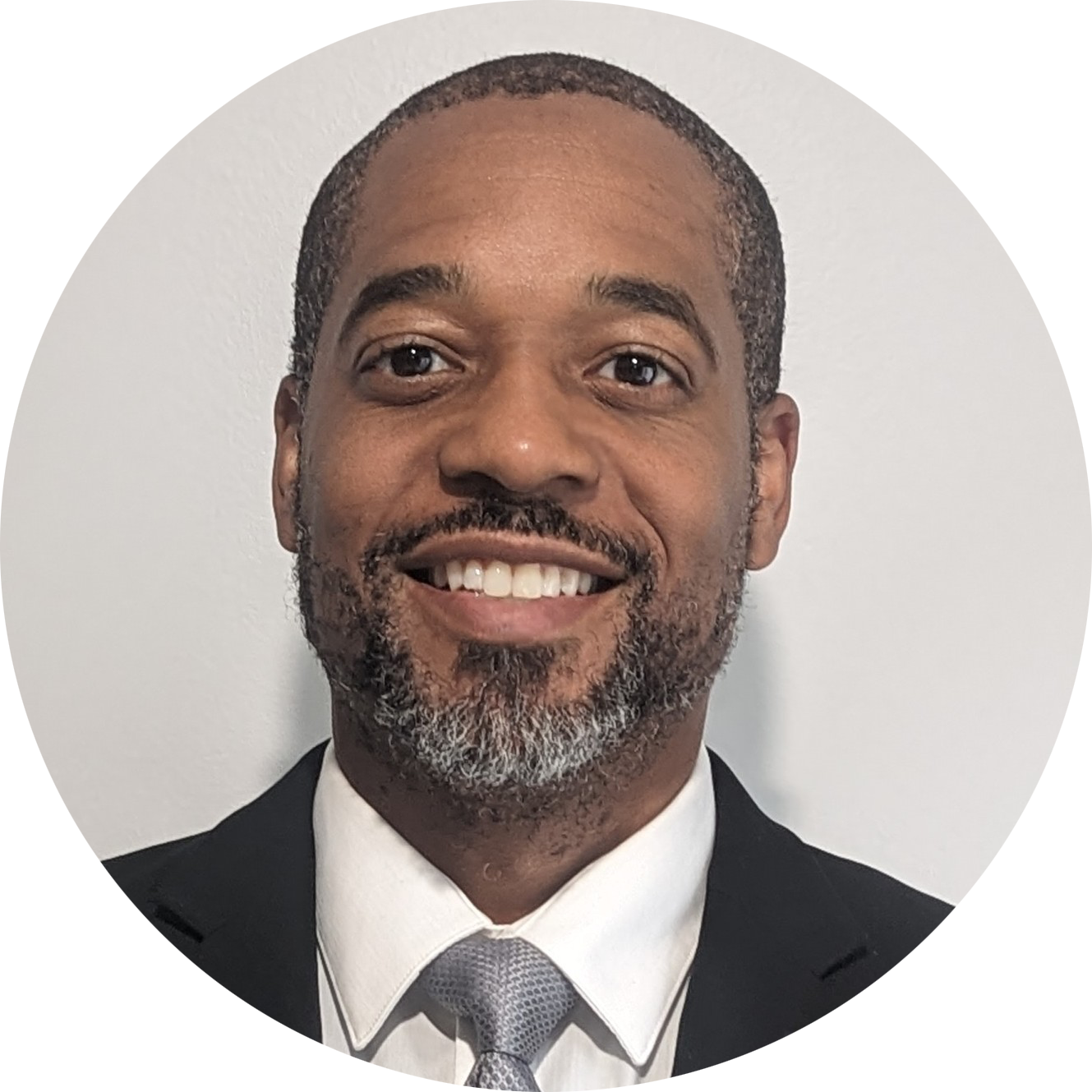 Dr. Paul Ransom joined NTIA’s Office of Spectrum Management in May 2020, where he has been involved in various spectrum repurposing activities. He has been instrumental in the effort to launch the Incumbent Informing Capability, helping to identify initial requirements, participating in outreach efforts and in the overall planning activity. Dr. Ransom has also acted as the NTIA liaison to the National Science Foundation’s Spectrum Innovation Initiative (SII), providing coordination support and guidance to NSF. Before joining the National Telecommunications and Information Administration, Dr. Ransom spent more than 15 years in Federal government service working at the Naval Surface Warfare Center and Office of Naval Research. Following his time in the Department of Navy Dr. Ransom worked as a government contractor working at the National Oceanic and Atmospheric Administration (NOAA). Dr. Ransom has a Bachelor of Science in Electrical Engineering from Southern University Agricultural and Mechanical College, a Master of Science in Electrical and Computer Engineering from the Georgia Institute of Technology (Georgia Tech) and his Ph.D. in Electrical and Computer Engineering from the Catholic University of America. Dr. Paul Ransom joined NTIA’s Office of Spectrum Management in May 2020, where he has been involved in various spectrum repurposing activities. He has been instrumental in the effort to launch the Incumbent Informing Capability, helping to identify initial requirements, participating in outreach efforts and in the overall planning activity. Dr. Ransom has also acted as the NTIA liaison to the National Science Foundation’s Spectrum Innovation Initiative (SII), providing coordination support and guidance to NSF. Before joining the National Telecommunications and Information Administration, Dr. Ransom spent more than 15 years in Federal government service working at the Naval Surface Warfare Center and Office of Naval Research. Following his time in the Department of Navy Dr. Ransom worked as a government contractor working at the National Oceanic and Atmospheric Administration (NOAA). Dr. Ransom has a Bachelor of Science in Electrical Engineering from Southern University Agricultural and Mechanical College, a Master of Science in Electrical and Computer Engineering from the Georgia Institute of Technology (Georgia Tech) and his Ph.D. in Electrical and Computer Engineering from the Catholic University of America.
Passive and Active Spectrum Sharing (PASS) to Protect Radio Astronomy and for Passive EOS Satellites
14 December, 9:15 am/12:15 pm
Andrew Clegg (Google)

Andrew Clegg is Spectrum Engineering Lead for Google (NASDAQ: GOOGL). He is currently focused on shared spectrum opportunities in mid-band spectrum, among other things. He was previously program director for spectrum management at the U.S. National Science Foundation, where he was the creator of a $60 million research program to support enhanced access to the radio spectrum. Prior to NSF, he was lead member of technical staff for Cingular Wireless (now AT&T Mobility), a senior engineer at Comsearch, and a research scientist at the Naval Research Laboratory. He holds a PhD in radio astronomy from the University of Virginia.
David DeBoer (UC-Berkeley/HCRO)
 David DeBoer is the Project Manager of the Hydrogen Epoch of Reionization Array (HERA), the Breakthrough Listen program and a member of the research staff at the University of California at Berkeley. Prior to these positions, he was the Assistant Director of CSIRO's Australia Telescope National Facility. Dr. DeBoer graduated cum laude from Harvard University in 1989, with a Bachelor's degree in Astronomy and Astrophysics. In 1995, he graduated from the Georgia Institute of Technology with a Ph.D. in Electrical and Computer Engineering. His thesis work investigated the constituency of the atmospheres of the outer planets. After a brief stint working out of NASA's Goddard Space Flight Center, Dr. DeBoer returned to Georgia Tech to oversee the development of a 100-ft radio telescope for use in the SETI Institute's Project Phoenix. Dr. DeBoer then went on to become an Assistant Professor of Electrical and Computer Engineering at Georgia Tech. He left Georgia Tech to become the Project Engineer/Project Manager for the Allen Telescope Array project before joining CSIRO in Australia. David DeBoer is the Project Manager of the Hydrogen Epoch of Reionization Array (HERA), the Breakthrough Listen program and a member of the research staff at the University of California at Berkeley. Prior to these positions, he was the Assistant Director of CSIRO's Australia Telescope National Facility. Dr. DeBoer graduated cum laude from Harvard University in 1989, with a Bachelor's degree in Astronomy and Astrophysics. In 1995, he graduated from the Georgia Institute of Technology with a Ph.D. in Electrical and Computer Engineering. His thesis work investigated the constituency of the atmospheres of the outer planets. After a brief stint working out of NASA's Goddard Space Flight Center, Dr. DeBoer returned to Georgia Tech to oversee the development of a 100-ft radio telescope for use in the SETI Institute's Project Phoenix. Dr. DeBoer then went on to become an Assistant Professor of Electrical and Computer Engineering at Georgia Tech. He left Georgia Tech to become the Project Engineer/Project Manager for the Allen Telescope Array project before joining CSIRO in Australia.
DeBoer served as the Chair of the US National Research Council Committee on Radio Frequencies (CORF) and Chair of Commission J of the US National Committee of the International Union of Radio Science (URSI). DeBoer served on the governing board of the Square Kilometer Array in the US and Australia.
Elliot Eichen (University of Colorado)
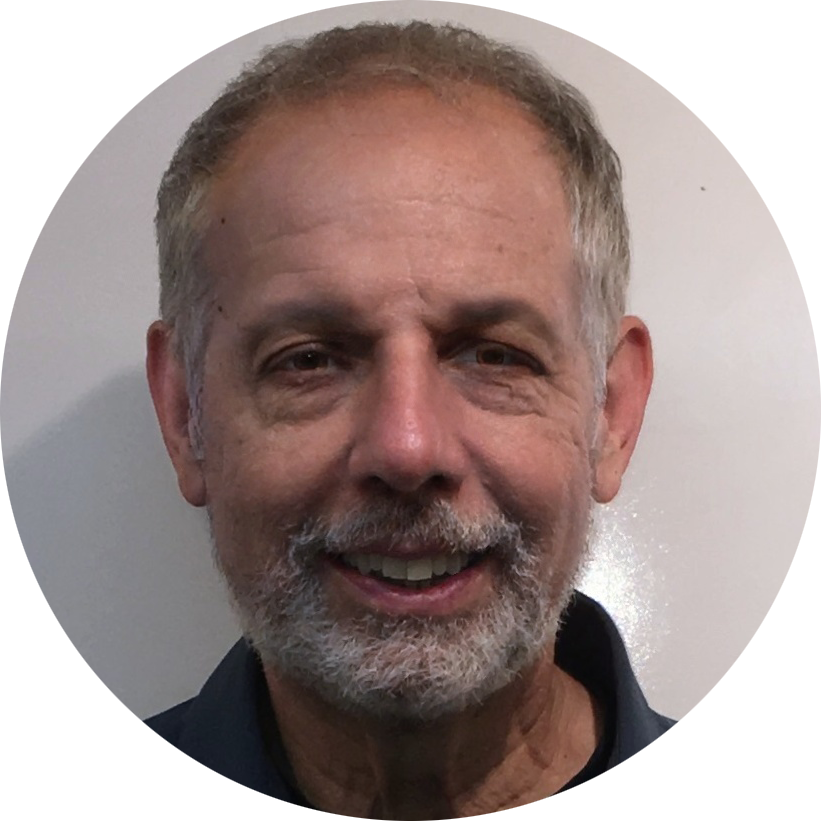 Elliot Eichen is currently a member of the Wireless Interdisciplinary Research Group, University of Colorado, Boulder CO. He retired as Director R&D at Verizon in 2017 where he also held co-incident appointments as visiting industry professor at Tufts University and adjunct faculty at Northeastern University, and from 2007-2008 was a staff member at MIT. He became interested in spectrum sharing and management as an IEEE/AAAS US Congressional Fellow 2018-19 in Senator Ron Wyden's office, where he also supported the Senate Commerce and House Space & Science Committees. He is author or co-author of about 50 peer reviewed publications, and about 60 patents. Dr. Eichen is a former associate editor IEEE Photonics Letters, co-chair and committee member for OFC (Optical Fiber Communications), IEEE/OSA Optical Amplifier Meeting, and IEEE International Conference on Communications (Symposium on Multimedia and VoIP). He has served on NSF program committees and been a consultant for the DOD. His expertise is in quantum optics and optoelectronics, wireless network architectures and service delivery (4G, 5G), and spectrum sharing and spectrum management. He received a Ph.D in Optics (University of Arizona) and B.S in Physics (SUNY Stony Brook). Elliot Eichen is currently a member of the Wireless Interdisciplinary Research Group, University of Colorado, Boulder CO. He retired as Director R&D at Verizon in 2017 where he also held co-incident appointments as visiting industry professor at Tufts University and adjunct faculty at Northeastern University, and from 2007-2008 was a staff member at MIT. He became interested in spectrum sharing and management as an IEEE/AAAS US Congressional Fellow 2018-19 in Senator Ron Wyden's office, where he also supported the Senate Commerce and House Space & Science Committees. He is author or co-author of about 50 peer reviewed publications, and about 60 patents. Dr. Eichen is a former associate editor IEEE Photonics Letters, co-chair and committee member for OFC (Optical Fiber Communications), IEEE/OSA Optical Amplifier Meeting, and IEEE International Conference on Communications (Symposium on Multimedia and VoIP). He has served on NSF program committees and been a consultant for the DOD. His expertise is in quantum optics and optoelectronics, wireless network architectures and service delivery (4G, 5G), and spectrum sharing and spectrum management. He received a Ph.D in Optics (University of Arizona) and B.S in Physics (SUNY Stony Brook).
Kevin Gifford (University of Colorado)
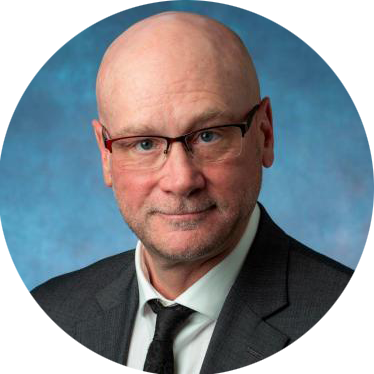 Kevin Gifford is Research Professor in the CU-Boulder Computer Science Department with a focus in wireless communications engineering and spectrum sharing. Prior to joining Computer Science, Kevin was a member of the CU-Boulder Aerospace Department for 20 years. In his communications related work some notable contributions include: Kevin Gifford is Research Professor in the CU-Boulder Computer Science Department with a focus in wireless communications engineering and spectrum sharing. Prior to joining Computer Science, Kevin was a member of the CU-Boulder Aerospace Department for 20 years. In his communications related work some notable contributions include:
- Leading the teams that were the very first to fly the Linux operating system on both the Space Shuttle (1996) and on the International Space Station (2000).
- In 2012, Kevin was a lead member of the NASA Disruption Tolerant Networking (DTN) team. Kevin lead the team that established the first two Interplanetary Internet nodes onboard the International Space Station enabling Internet-based communications in the vast and harsh environment of space.
- In 2013, Kevin composed the NASA Institutional DTN deployment plan, and in 2015 DTN service provision was a seminal NASA-provided space communications service available for all International Space Station partners.
- Kevin is the Working Group chairman of the Wireless Working Group, for the ISO affiliated Consultative Committee on Space Data Systems (CCSDS) and is the Co-Chair of the WinnForum Passive and Active Spectrum Sharing (PASS) Working Group.
Emerging Technologies
14 December, 11 am/2pm
Organized by Andrew Clegg (Google)
"The Advanced Spectrum Monitor: Details and Capabilities,"
Kevin Shoemaker (National Radio Astronomy Observatory)
Title TBA
Josep Jornet (Northeastern University)
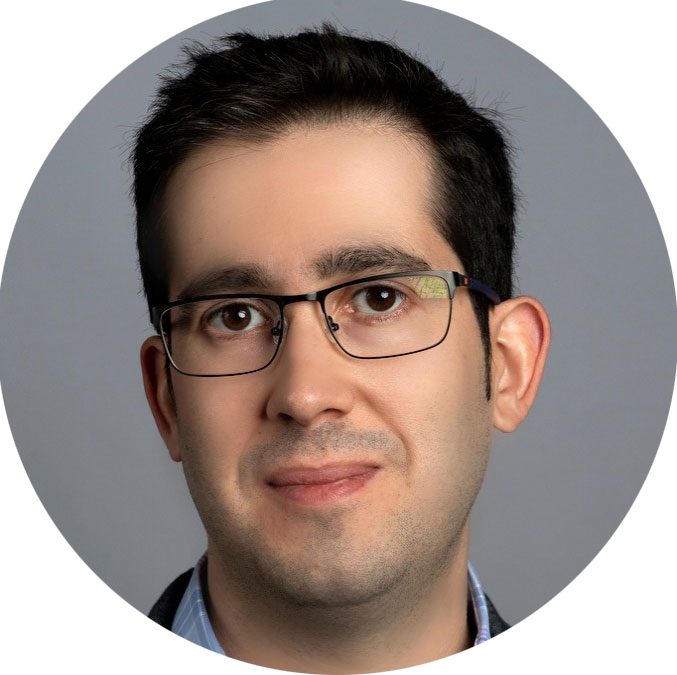 Josep Miquel Jornet is an Associate Professor in the Department of Electrical and Computer Engineering, the director of the Ultrabroadband Nanonetworking (UN) Laboratory, and a member of the Institute for the Wireless Internet of Things and the SMART Center at Northeastern University (NU). He received a Degree in Telecommunication Engineering and a Master of Science in Information and Communication Technologies from Barcelona School of Telecommunications Engineering (ETSETB), Universitat Politècnica de Catalunya, Spain, in 2008. From September 2007 to December 2008, he was a visiting researcher at the Massachusetts Institute of Technology, Cambridge, under the MIT Sea Grant program. He received the Ph.D. degree in Electrical and Computer Engineering from the Georgia Institute of Technology, Atlanta, GA, in August 2013. Between August 2013 and August 2019, he was in the Department of Electrical Engineering at the University at Buffalo (UB), The State University of New York (SUNY). Josep Miquel Jornet is an Associate Professor in the Department of Electrical and Computer Engineering, the director of the Ultrabroadband Nanonetworking (UN) Laboratory, and a member of the Institute for the Wireless Internet of Things and the SMART Center at Northeastern University (NU). He received a Degree in Telecommunication Engineering and a Master of Science in Information and Communication Technologies from Barcelona School of Telecommunications Engineering (ETSETB), Universitat Politècnica de Catalunya, Spain, in 2008. From September 2007 to December 2008, he was a visiting researcher at the Massachusetts Institute of Technology, Cambridge, under the MIT Sea Grant program. He received the Ph.D. degree in Electrical and Computer Engineering from the Georgia Institute of Technology, Atlanta, GA, in August 2013. Between August 2013 and August 2019, he was in the Department of Electrical Engineering at the University at Buffalo (UB), The State University of New York (SUNY).
He is a leading expert in terahertz communications, in addition to wireless nano-bio-communication networks and the Internet of Nano-Things. In these areas, he has co-authored more than 220 peer-reviewed scientific publications, including 1 book and 5 US patents. His work has received more than 13,600 citations (h-index of 53 as of November 2022). He is serving as the lead PI on multiple grants from U.S. federal agencies including the National Science Foundation, the Air Force Office of Scientific Research and the Air Force Research Laboratory as well as industry.
He is the recipient of multiple awards, including the 2017 IEEE ComSoc Young Professional Best Innovation Award, the 2017 ACM NanoCom Outstanding Milestone Award, the UB Exceptional Scholar Young Investigator Award in 2018 and Sustained Achievement Award in 2019, the NSF CAREER Award in 2019, the 2022 Martin W. Essigmann Excellence in Teaching Award, 2022, the 2022 IEEE ComSoc RCC Early Achievement Award, and the IEEE Wireless Communications Technical Committee Outstanding Young Researcher Award, among others. He has received multiple Best Paper Awards, including ACM NanoCom 2017, INFOCOM 2021 and the IEEE WoWMoM Non-Terrestrial Networks Workshop both in 2021 and 2022. He is a senior member of the IEEE and an IEEE Distinguished Lecturer (Class of 2022-2023). He is also the Editor in Chief of the Elsevier Nano Communication Networks journal and Editor for IEEE Transactions on Communications.
Title TBA
Charles Baylis (Baylor University)
|
|
Day Three: Thursday, 15 December 2022
|
|
Software Defined Systems Topics
14 December, 6/9 am
JTNC Update
Mr. Pranav Jani, JTNC Standards Lead
Ms. Chalena Jimenez, JTNC Standards / G2 Software Systems
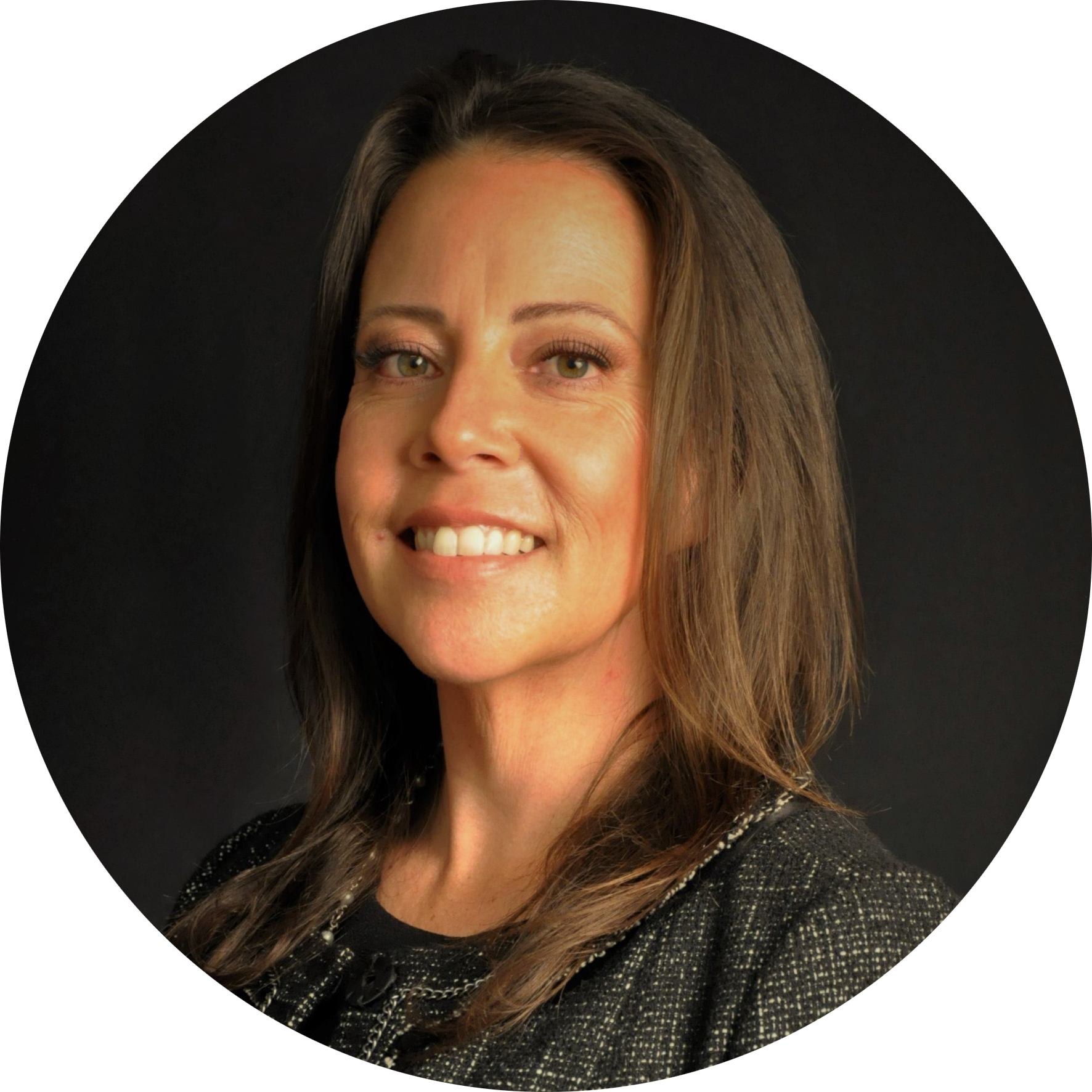 Ms. Chalena Jimenez is a Standards Engineer SETA contractor supporting the Joint Tactical Networking Center (JTNC) and is an international Subject Matter Expert on the Software Communications Architecture (SCA) and Tactical Radio Application Programming Interfaces (APIs). She is also the Program Manager at G2 Software Systems Inc. for multiple DoD contracts, including the JTNC, and leads a combined team of over 50-60 performers (including subcontractors). Ms. Jimenez has five various IEEE publications and has presented briefings at international conferences on the SCA and Tactical Radio APIs. She is active in the DoD community currently serving on the Board of Directors for Women in Defense San Diego. Ms. Jimenez graduated cum laude from University of California San Diego with a BS Computer Science degree and has an MBA from San Diego State University. Ms. Chalena Jimenez is a Standards Engineer SETA contractor supporting the Joint Tactical Networking Center (JTNC) and is an international Subject Matter Expert on the Software Communications Architecture (SCA) and Tactical Radio Application Programming Interfaces (APIs). She is also the Program Manager at G2 Software Systems Inc. for multiple DoD contracts, including the JTNC, and leads a combined team of over 50-60 performers (including subcontractors). Ms. Jimenez has five various IEEE publications and has presented briefings at international conferences on the SCA and Tactical Radio APIs. She is active in the DoD community currently serving on the Board of Directors for Women in Defense San Diego. Ms. Jimenez graduated cum laude from University of California San Diego with a BS Computer Science degree and has an MBA from San Diego State University.
SCA 4.1 Test Suite Demo
Mr. Huan Dao, JTEL / G2 Software Systems
 Huan Dao has been a member of the Joint Tactical Networking Center (JTNC) Test and Evaluation laboratory (JTEL) for over 8 years. Prior to his time at JTEL, Huan has 7 years of experience working with softphone for Cisco’s VoIP solution and building highly available and distributed backend system. Huan is currently leading a highly motivated team to develop software solutions for SCA 4.1 and SOSA v1.0. Huan is member of SOSA Steering Committee and a Vice Chair of SOSA Conformance Standing Committee. Huan Dao has been a member of the Joint Tactical Networking Center (JTNC) Test and Evaluation laboratory (JTEL) for over 8 years. Prior to his time at JTEL, Huan has 7 years of experience working with softphone for Cisco’s VoIP solution and building highly available and distributed backend system. Huan is currently leading a highly motivated team to develop software solutions for SCA 4.1 and SOSA v1.0. Huan is member of SOSA Steering Committee and a Vice Chair of SOSA Conformance Standing Committee.
Huan always keep up with the latest software development approaches and technologies. He is interested in expanding his knowledge in cloud-native, container-native and serverless solutions. Huan’s hobbies include swimming, soccer, and riding on his OneWheel.
Mr. Matthew Lyons, JTEL / G2 Software Systems
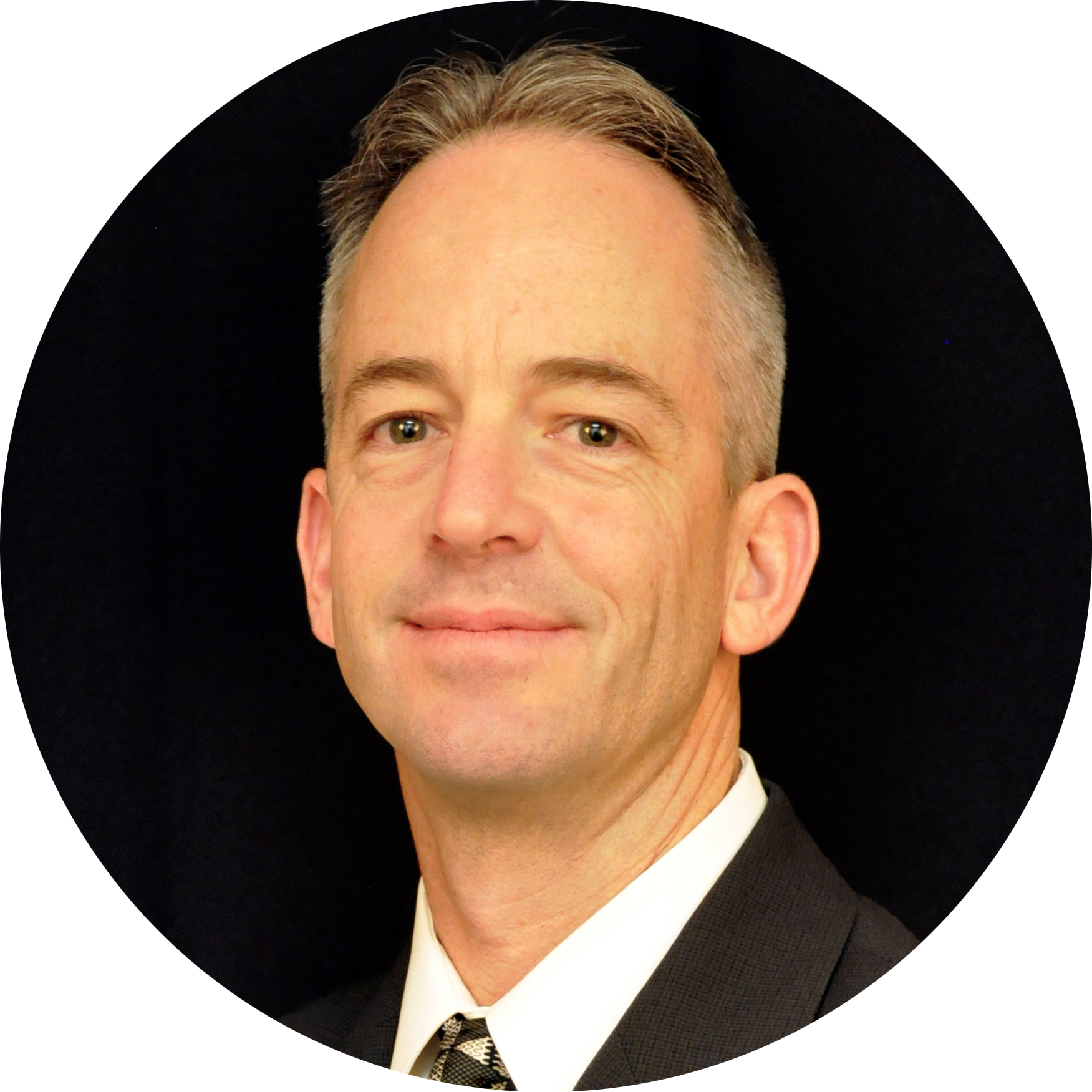 Matt S. Lyons has been a member of the Joint Tactical Networking Center (JTNC) Test and Evaluation Laboratory (JTEL) for over 15 years. He is responsible for the development and test functions with respect to Software Communications Architecture (SCA) compliance. He is a member of the software development team responsible for the development of the SCA automated test tools. Matt has also performed as a tester on numerous SCA compliance evaluations for SCA versions 2.2, 2.2.2 and 4.1. Matt S. Lyons has been a member of the Joint Tactical Networking Center (JTNC) Test and Evaluation Laboratory (JTEL) for over 15 years. He is responsible for the development and test functions with respect to Software Communications Architecture (SCA) compliance. He is a member of the software development team responsible for the development of the SCA automated test tools. Matt has also performed as a tester on numerous SCA compliance evaluations for SCA versions 2.2, 2.2.2 and 4.1.
Matt is currently working with a highly motivated team to utilize agile software development on the SCA 4.1 test tool. His goals are to improve his understanding of the agile processes, more specifically the Scrum framework, and to gain a better understanding of online collaboration tools such as JIRA, Artifactory and Coverity. Matt understands the importance of keeping in tune with the latest technologies, which is why life-long learning is one of his passions. Matt’s hobbies include soccer, tennis and hiking.
SCA 4.1 Compliance SBIR
International Panel
15 December, 6/9 am
Moderated by WInnForum Chief Regulatory Officer, Prakash Moorut, Shure
 Prakash Moorut is the Global Head of Spectrum and Regulatory Affairs at Shure, a leading manufacturer of high-quality, innovative audio products for 97 years. He is responsible for leading Shure’s efforts to advocate for audio professionals as it pertains to regulations. Before coming to Shure, he spent more than 10 years with Nokia, most recently serving as Head of Spectrum Standardization, leading the company’s efforts on global spectrum standardization and policy. He brings additional global regulatory experience from his previous role at Motorola for 14 years. Prakash Moorut is the Global Head of Spectrum and Regulatory Affairs at Shure, a leading manufacturer of high-quality, innovative audio products for 97 years. He is responsible for leading Shure’s efforts to advocate for audio professionals as it pertains to regulations. Before coming to Shure, he spent more than 10 years with Nokia, most recently serving as Head of Spectrum Standardization, leading the company’s efforts on global spectrum standardization and policy. He brings additional global regulatory experience from his previous role at Motorola for 14 years.
He is currently the Chief Regulatory Officer of the Wireless Innovation Forum (WInnForum) dedicated to advancing technologies supporting the innovative utilization of spectrum in bands such as the Citizens Broadband Radio Service (CBRS) shared band or the 6 GHz unlicensed band. He is also the Chair of the Ecosystem and Regulation Working Group of 5G-Media Action Group, bringing key stakeholders together to address the potential use of 5G for media production and distribution.
He was part of the US delegation for the 2019 World Radiocommunication Conference (WRC) in Egypt and is a member of the US Federal Communications Commission’s WRC-23 Advisory Committee. He has been active in ITU-R meetings, including as part of the US delegations. He has several publications and patents related to spectrum usage and received his Master’s degree in Electrical Engineering from "Ecole Supérieure d'Electricité" (SUPELEC) in Paris, France.
Keynote: "Spectrum Sharing initiatives in Europe" Heikki Kokkinen (FairSpectrum)
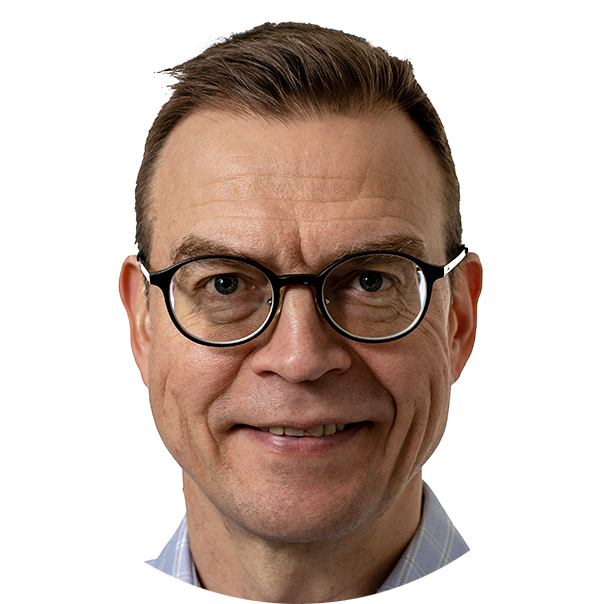 Heikki Kokkinen received his Ph.D degree in computer science from Aalto University in 2011, an academic entrepreneur degree from Aalto University, School of Business, Espoo, Finland in 2013, a licentiate degree in telecommunications and industrial economics, and master’s degree in electronics from Helsinki University of Technology in 1997 and 1993, respectively. He is the founder and chief executive officer of Fairspectrum, Helsinki, Finland. His research interests include marketing, research and development, financing, system integration, piloting, and deploying of Dynamic Spectrum Access networks. Heikki Kokkinen received his Ph.D degree in computer science from Aalto University in 2011, an academic entrepreneur degree from Aalto University, School of Business, Espoo, Finland in 2013, a licentiate degree in telecommunications and industrial economics, and master’s degree in electronics from Helsinki University of Technology in 1997 and 1993, respectively. He is the founder and chief executive officer of Fairspectrum, Helsinki, Finland. His research interests include marketing, research and development, financing, system integration, piloting, and deploying of Dynamic Spectrum Access networks.
Shalini Periyalwar (ISED, Canada)
 Shalini Periyalwar is currently an Expert Director, Advanced Communications Engineering at ISED, where her primary focus is on various aspects of modernizing spectrum management, including strategies for spectrum sharing. Prior to her current role, she spent a few years at ISED’s Communications Research Center, supporting research in 5G and dynamic spectrum access. Shalini has over 25 years of experience in the wireless communications industry, working on advanced research in radio systems engineering and in supporting IP strategy. Over the course of her career, she has worked on leading edge research in all generations of wireless systems, with over a hundred US patents granted. Shalini has also held academic positions and has published extensively in her academic roles. Shalini Periyalwar is currently an Expert Director, Advanced Communications Engineering at ISED, where her primary focus is on various aspects of modernizing spectrum management, including strategies for spectrum sharing. Prior to her current role, she spent a few years at ISED’s Communications Research Center, supporting research in 5G and dynamic spectrum access. Shalini has over 25 years of experience in the wireless communications industry, working on advanced research in radio systems engineering and in supporting IP strategy. Over the course of her career, she has worked on leading edge research in all generations of wireless systems, with over a hundred US patents granted. Shalini has also held academic positions and has published extensively in her academic roles.
Mohammed S. AlSehali (CST, Saudi Arabia)
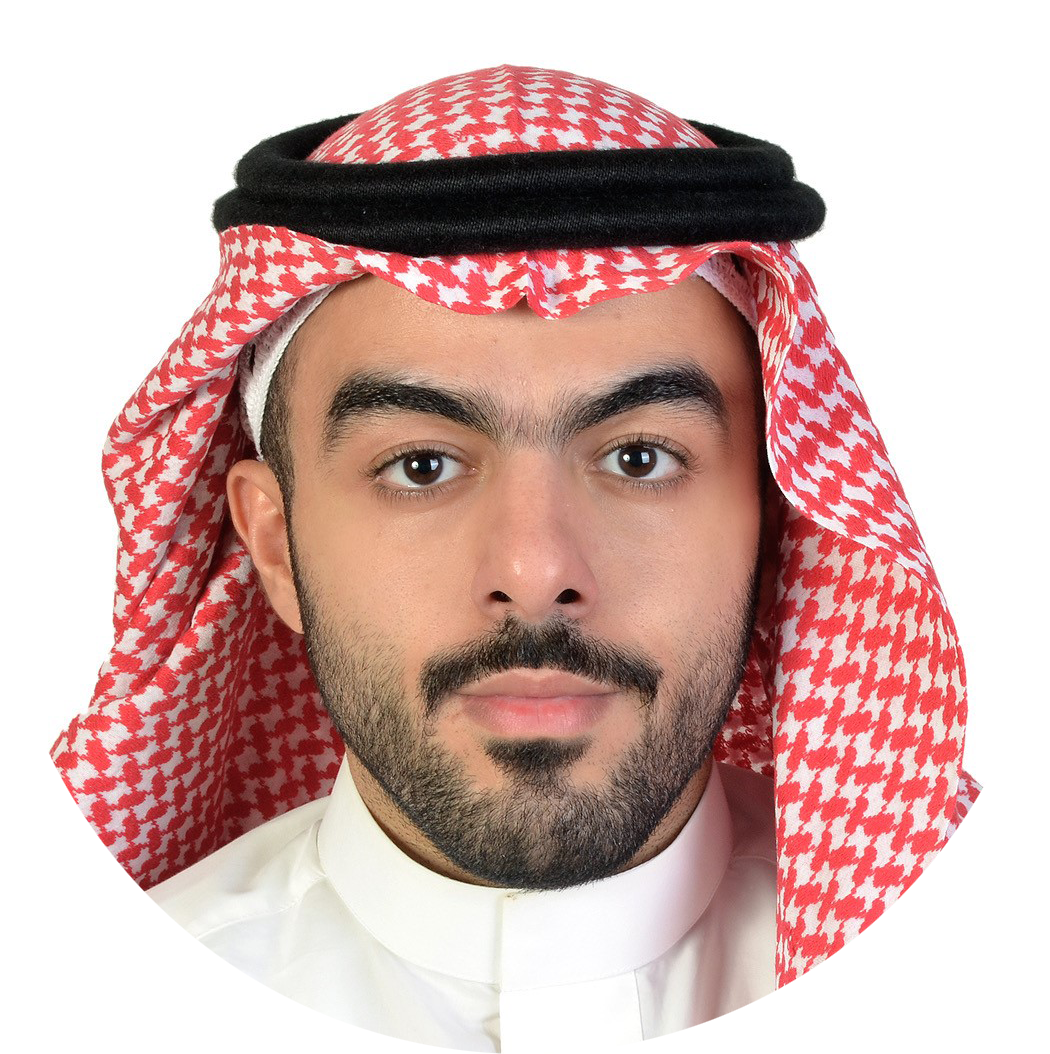 Mohammed Alsehali is Senior Spectrum Planning Engineer for Communications, Space & Technology Commission (CST). He has also worked as Project Manager in the Industrial Security Department of Saudi Aramco and Network Design Engineer for Huawei Technologies. He is currently involved in spectrum regulations and allocation projects, and responsible for conducting wireless technologies review and research. Mohammed Alsehali is Senior Spectrum Planning Engineer for Communications, Space & Technology Commission (CST). He has also worked as Project Manager in the Industrial Security Department of Saudi Aramco and Network Design Engineer for Huawei Technologies. He is currently involved in spectrum regulations and allocation projects, and responsible for conducting wireless technologies review and research.
Eric Fournier (ANFR, France)
 Eric Fournier is currently Director for Spectrum Planning and International Affairs in the Agence Nationale des Fréquences (ANFR), the French public agency in charge of spectrum management (www.anfr.fr). Eric Fournier is currently Director for Spectrum Planning and International Affairs in the Agence Nationale des Fréquences (ANFR), the French public agency in charge of spectrum management (www.anfr.fr).
In this capacity, he is responsible for preparing the revisions of the French national table of spectrum allocation and for coordinating French positions in international meetings and conferences on spectrum within ITU, CEPT and EU. He was deputy head of the French delegation for RRC-06, WRC-07, WRC-12, WRC-15 and WRC-19.
He is currently vice-chairman of the RSPG, a high-level advisory group that assists the European Commission in the development of radio spectrum policy.
He has been involved in all discussions on major evolutions of spectrum in Europe and was Chairman of the Electronic Communication Committee (CEPT/ECC) from 2013 to 2018 and of the European Conference Preparatory Group for the World Radiocommunications Conference 2012 (CPG-12).
Eric is a graduate telecom engineer from SUPELEC (France).
Helen Hearn, Ofcom (UK)
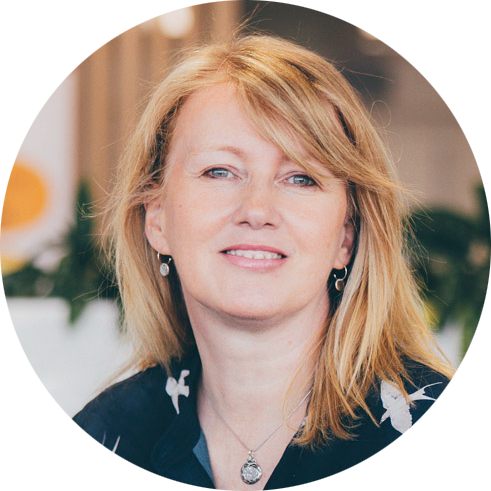 Helen Hearn is Spectrum Director at Ofcom, responsible for setting and implementing the strategy for managing the UK’s airwaves. Helen Hearn is Spectrum Director at Ofcom, responsible for setting and implementing the strategy for managing the UK’s airwaves.
Spectrum group supports all users of wireless technology, promoting efficient allocation and use of the radio spectrum. It monitors how the spectrum is used and enforces our rules to protect users.
Helen has over 20 years’ experience in spectrum management as both a regulator and a consultant. She began her career at the UK Radiocommunications Agency and was a member of the team which delivered the UK’s first spectrum auction before moving into consultancy. As a consultant she was involved in a range of international projects advising spectrum regulators as well as managing business improvement projects for organisations outside the communications sector.
Helen has been a Director, and Interim Group Director, in Ofcom’s Spectrum Group since 2016.
Session: Spectrum Sharing Pipeline in the US
15 December, 8:30/11:30 am
3.1 GHz, David Mueller (AT&T Business)
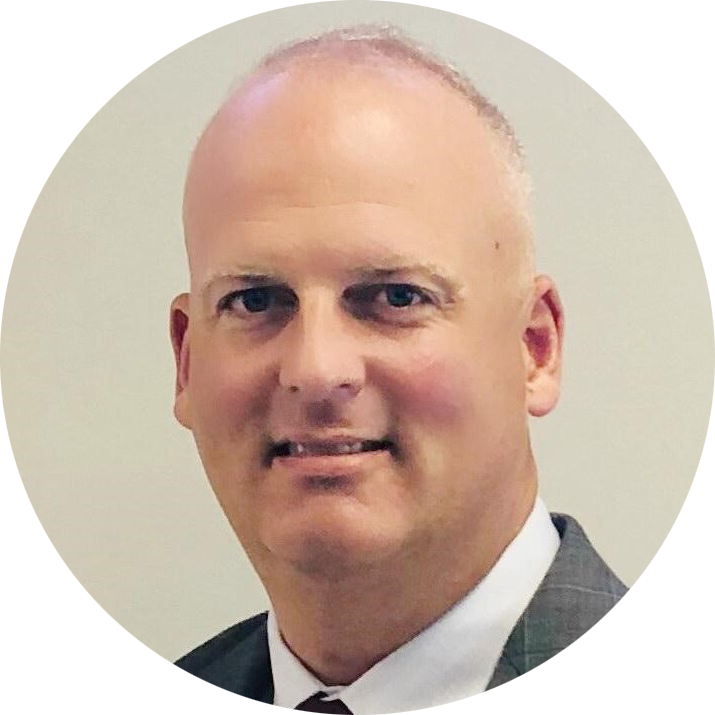 David Mueller is currently the Spectrum Solutions Architect on AT&T’s Defense and National Security Team. He is also the industry Co-Chair of the Partnering to Advance Trusted and Holistic Spectrum Solutions Classified (PATHSS-C) task group. He is a longtime advocate of greater efficiency in the allocation of spectrum and of spectrum sharing. He came to AT&T in October of 2021 after a 25-year career as an officer in the U.S. Marine Corps. His final job on active duty was as the Strategy Lead and Marine Corps representative on the Office of the Secretary of Defense, Electromagnetic Spectrum Operations Cross Functional Team (EMSO CFT). In this role, David became a primary author of the 2020 DoD EMS Superiority Strategy and led the effort to develop the implementation plan for that strategy. David Mueller is currently the Spectrum Solutions Architect on AT&T’s Defense and National Security Team. He is also the industry Co-Chair of the Partnering to Advance Trusted and Holistic Spectrum Solutions Classified (PATHSS-C) task group. He is a longtime advocate of greater efficiency in the allocation of spectrum and of spectrum sharing. He came to AT&T in October of 2021 after a 25-year career as an officer in the U.S. Marine Corps. His final job on active duty was as the Strategy Lead and Marine Corps representative on the Office of the Secretary of Defense, Electromagnetic Spectrum Operations Cross Functional Team (EMSO CFT). In this role, David became a primary author of the 2020 DoD EMS Superiority Strategy and led the effort to develop the implementation plan for that strategy.
7 to 8 GHz, Stephen Rayment (Ericsson)
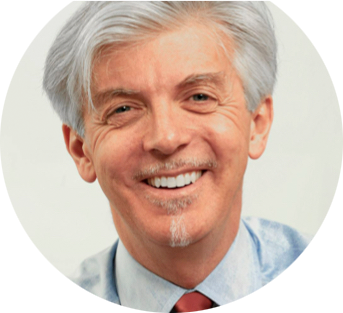 Stephen Rayment joined Ericsson in 2002 and is currently VP of Macro and Small Cell RAN Strategy in the North America CTO Office. He has over 40 years of product experience in the telecommunications industry and is author of over 80 patents. He has held officer roles in IEEE 802.11, Wi-Fi Alliance and board membership in the OnGo Alliance. He graduated with a M.Sc. in Electrical Engineering, a Diploma in Administration, and is a Life Member of the IEEE. Stephen Rayment joined Ericsson in 2002 and is currently VP of Macro and Small Cell RAN Strategy in the North America CTO Office. He has over 40 years of product experience in the telecommunications industry and is author of over 80 patents. He has held officer roles in IEEE 802.11, Wi-Fi Alliance and board membership in the OnGo Alliance. He graduated with a M.Sc. in Electrical Engineering, a Diploma in Administration, and is a Life Member of the IEEE.
12.7 GHz, Nick Oros (FCC)
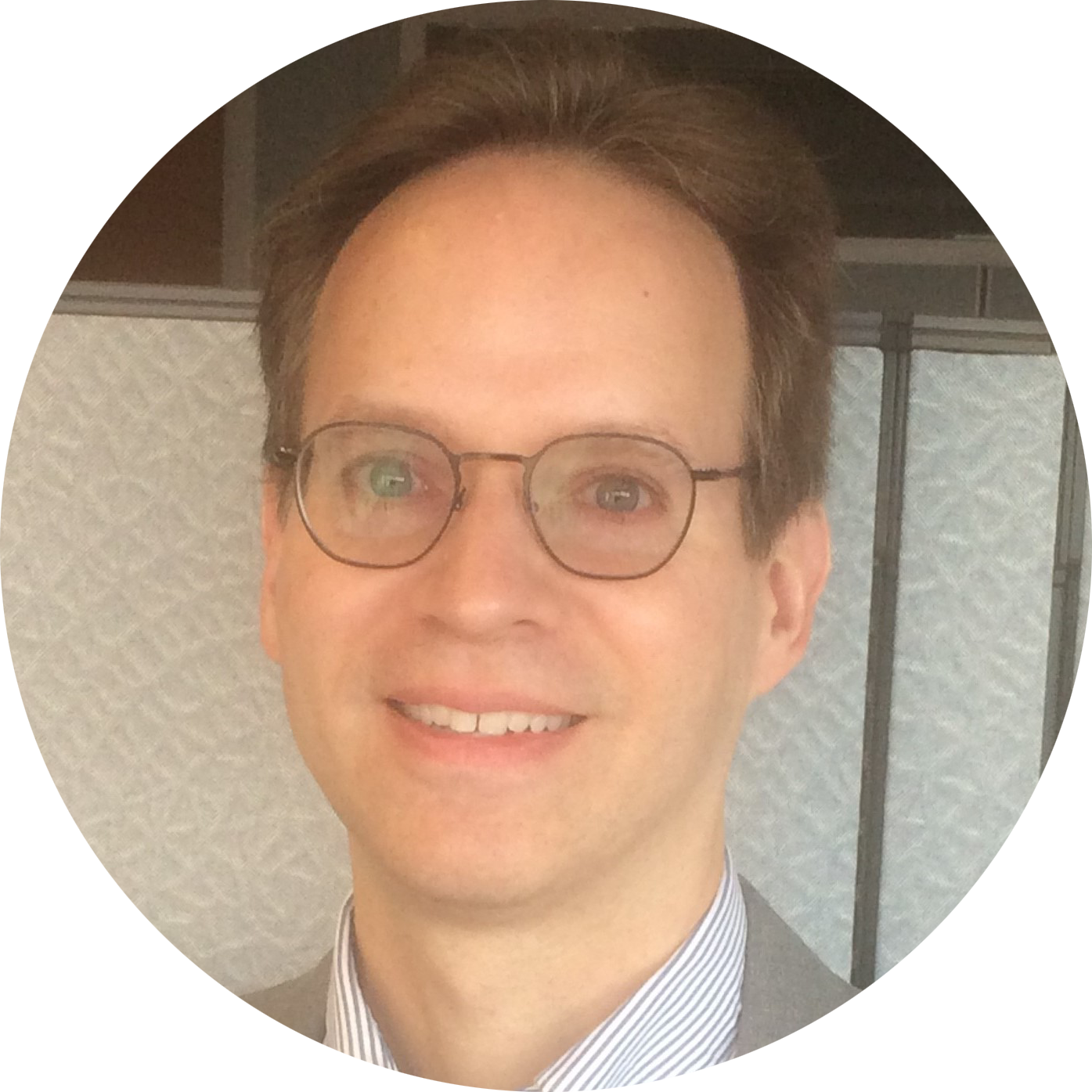 Nicholas Oros is the Deputy Chief of the Policy and Rules Division, Office of Engineering and Technology, at the Federal Communications Commission. OET is the Commission’s primary resource for engineering expertise and provides technical support to the Chairwoman, Commissioners, and FCC Bureaus and Offices. Since joining the Commission in 2005, Mr. Oros has been involved in various rulemaking proceedings including Spectrum Frontiers, which made mmW band spectrum available for 5G Services; Spectrum Horizons, which focuses on spectrum above 95 GHz; and the 6 GHz band proceeding that made 1200 megahertz of spectrum available for unlicensed use. Nicholas Oros is the Deputy Chief of the Policy and Rules Division, Office of Engineering and Technology, at the Federal Communications Commission. OET is the Commission’s primary resource for engineering expertise and provides technical support to the Chairwoman, Commissioners, and FCC Bureaus and Offices. Since joining the Commission in 2005, Mr. Oros has been involved in various rulemaking proceedings including Spectrum Frontiers, which made mmW band spectrum available for 5G Services; Spectrum Horizons, which focuses on spectrum above 95 GHz; and the 6 GHz band proceeding that made 1200 megahertz of spectrum available for unlicensed use.
Prior to joining the Commission, Mr. Oros was an engineer at Motorola for eight years where he focused on the computer simulation of digital communication systems and radio based position determination. He is a graduate of the University of Illinois College of Law and has also earned a Master’s Degree in Electrical Engineering from Purdue University and a Bachelor’s Degree in Electrical Engineering from the University of Missouri at Rolla.
6 GHz Update
15 December, 9:30 am/12:30 pm
Mark Gibson (CommScope)

With almost 35 years of spectrum management experience, Mark Gibson is responsible for developing domestic and international business opportunities for Comsearch. In addition to leading Comsearch’s technical and business development efforts numerous wireless and spectrum-related products and services, he has led efforts to address spectrum sharing between Federal government and commercial users. He leads CommScope’s CBRS efforts on the Spectrum Access System/Environmental Sensing Capability. He is on the board of the Wireless Innovation Forum and is a co-chair of the Commerce Spectrum Management Advisory Committee, where he has also co-chaired working groups related to spectrum sharing and data exchange issues. He has led Comsearch’s spectrum management efforts including the development of spectrum sharing analysis protocols and sharing criteria, as well as development of Comsearch’s engineering services and software products. He has led Comsearch’s efforts in working with the American Hospital Association as their technical partner for WMTS frequency coordination. He has authored several papers on spectrum sharing and relocation and has advised numerous wireless participants in their system design. He is a Senior Member of IEEE.
Endnote: Next G Alliance Goals and Vision
15 December, 10 am/1 pm
Amitava Ghosh (Nokia)
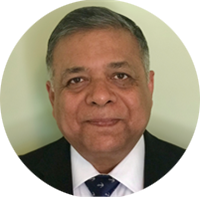 Amitabha (Amitava) Ghosh (F’15) is a Nokia Fellow and works at Nokia Standards and Strategy. He joined Motorola in 1990 after receiving his Ph.D in Electrical Engineering from Southern Methodist University, Dallas. Since joining Motorola he worked on multiple wireless technologies starting from IS-95, cdma-2000, 1xEV-DV/1XTREME, 1xEV-DO, UMTS, HSPA, 802.16e/WiMAX and 3GPP LTE. He has 60 issued patents, has written multiple book chapters and has authored numerous external and internal technical papers. He is currently working on 5G Evolution and 6G technologies. Recently, he was elected chair of the NextGA (an US 6G initiative) National Roadmap Working Group. His research interests are in the area of digital communications, signal processing and wireless communications. He is the recipient of 2016 IEEE Stephen O. Rice and 2017 Neal Shephard prize, member of IEEE Access editorial board and co-author of the books titled “Essentials of LTE and LTE-A” and “5G Enabled Industrial IoT Network”. Amitabha (Amitava) Ghosh (F’15) is a Nokia Fellow and works at Nokia Standards and Strategy. He joined Motorola in 1990 after receiving his Ph.D in Electrical Engineering from Southern Methodist University, Dallas. Since joining Motorola he worked on multiple wireless technologies starting from IS-95, cdma-2000, 1xEV-DV/1XTREME, 1xEV-DO, UMTS, HSPA, 802.16e/WiMAX and 3GPP LTE. He has 60 issued patents, has written multiple book chapters and has authored numerous external and internal technical papers. He is currently working on 5G Evolution and 6G technologies. Recently, he was elected chair of the NextGA (an US 6G initiative) National Roadmap Working Group. His research interests are in the area of digital communications, signal processing and wireless communications. He is the recipient of 2016 IEEE Stephen O. Rice and 2017 Neal Shephard prize, member of IEEE Access editorial board and co-author of the books titled “Essentials of LTE and LTE-A” and “5G Enabled Industrial IoT Network”.
|
|

